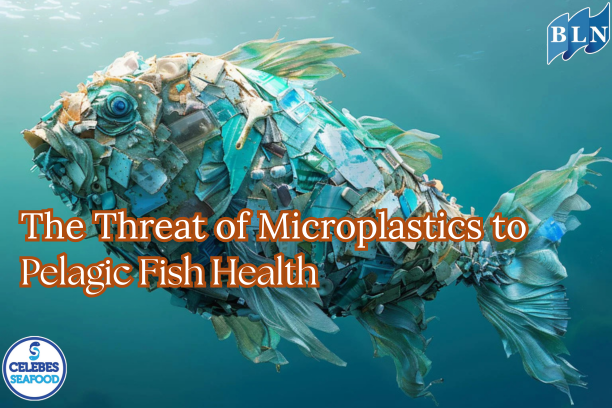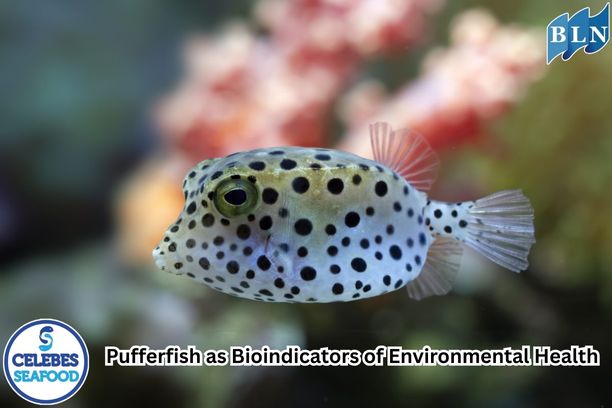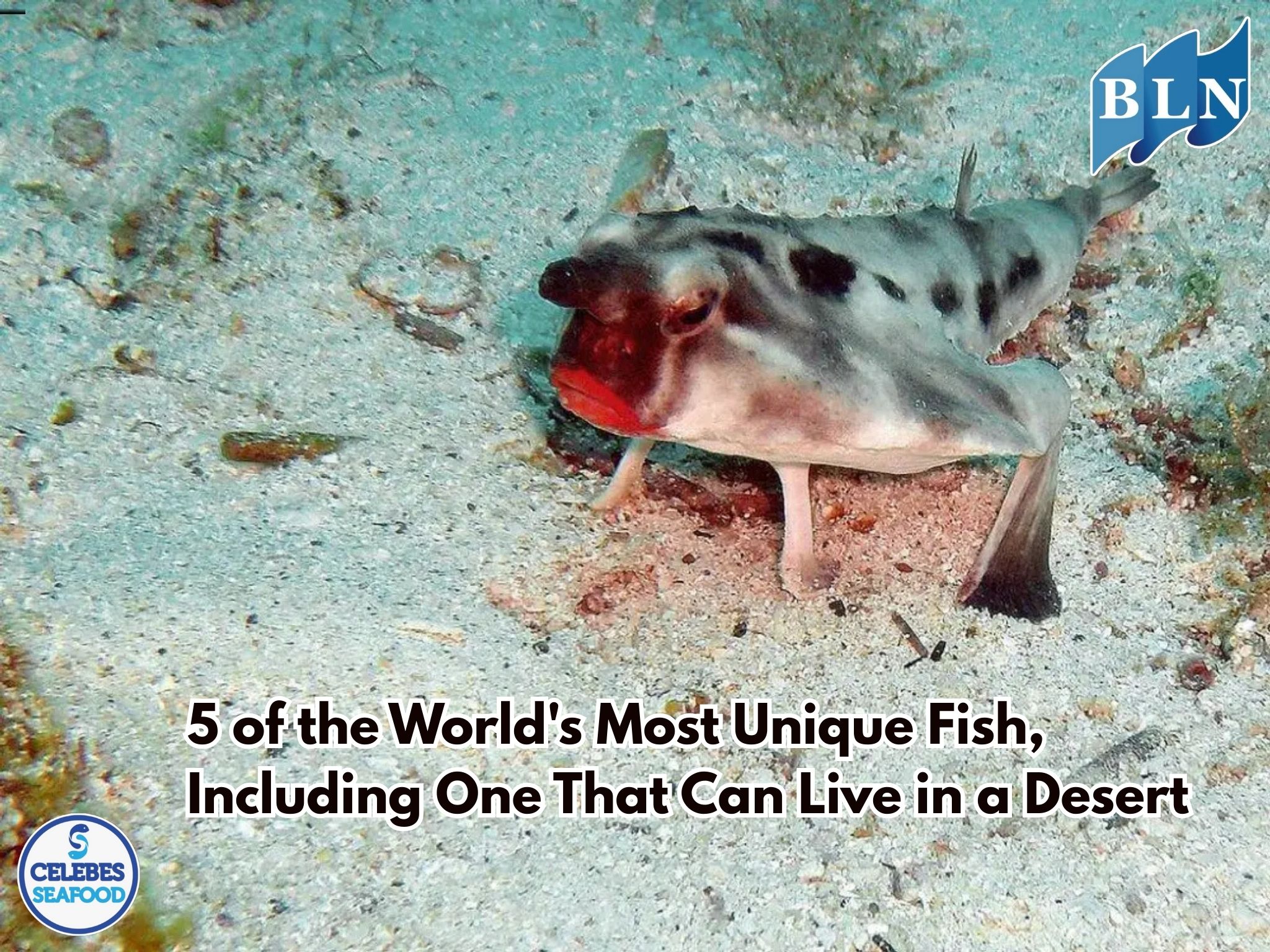Unique Butterflyfish: The Beautiful Fish of the Tropical Seas
By. Rani - 25 Aug 2025
lautnusantara.com Tropical seas are a feast for the eyes with their beautiful marine life, and one of the most captivating is the butterflyfish. This fish is known for its stunning colors, unique body patterns, and graceful movements among the coral reefs. Many divers and underwater photographers consider them a favorite subject because of their irreplaceable charm. Their presence is also an indicator of the health of the marine ecosystem, highlighting the importance of preserving their habitat.
Exploring the world of butterflyfish isn't just about admiring their appearance; it's also about understanding the special characteristics and habits that make them unique. From their paired living behavior to their selective eating habits, these fish hold many secrets that not everyone knows. Every detail of their life plays a vital role in their survival in a dynamic marine environment. This is what makes the butterflyfish worthy of being called the "gem" of the tropical oceans.
1. Striking and Artistic Body Colors
One of the main appeals of the butterflyfish is its bright and captivating body color. The combination of yellow, white, black, and blue on their bodies looks like a painting crafted with high precision. These patterns are not just for aesthetics; they also serve as camouflage among the colorful coral reefs. In the underwater world, such beauty is not only mesmerizing to humans but also part of their survival strategy.
Interestingly, the color patterns of each butterflyfish species are unique, much like a fingerprint. Some have vertical stripes, large spots near the tail, or intricate zigzag patterns. These differences make it easy for researchers and divers to identify them in the wild. The vibrant colors can also play a role in communication between individuals, especially during mating season.
2. A Habit of Living in Pairs
Butterflyfish are known to be monogamous, with male and female pairs often seen swimming side by side. This habit shows a strong social bond, and some even remain faithful to their partners for many years. When foraging or protecting their territory, they work together harmoniously. This phenomenon is a unique behavior rarely found in many other marine fish species.
This paired life also helps them survive predator threats. By always moving in tandem, they can keep an eye on their surroundings and warn each other of danger. Such close relationships make butterflyfish appear even more graceful and romantic to observers. It's no surprise that many people consider them a symbol of loyalty in the underwater world.
3. A Specialized and Difficult-to-Replace Diet
Unlike other reef fish, butterflyfish have a very specific diet. Many species only eat coral polyps, so their survival is highly dependent on the health of the coral reefs. This dependency makes them an important indicator for assessing the health of the marine ecosystem. If the number of butterflyfish declines, it's likely that the corals in that area are also in trouble.
While some species can eat plankton or algae, the majority still prefer coral as their main source of nutrition. This selective eating habit makes them more vulnerable to environmental changes, especially coral bleaching due to rising sea temperatures. This is why protecting coral reefs is a primary way to keep butterflyfish populations stable.
4. An Ecological Role as a Guardian of Marine Balance
The presence of butterflyfish not only beautifies the underwater landscape but also helps maintain ecosystem balance. By eating coral polyps in a controlled amount, they help regulate coral growth and prevent excessive dominance. This keeps the reef environment healthy and serves as a home for various other marine species.
Additionally, their presence in an area is often used by researchers to assess the level of biodiversity. The more butterflyfish there are, the better the condition of the coral reefs tends to be. This ecological role proves that every creature, no matter how small, makes a significant contribution to the sustainability of life in the ocean.
5. Impressive Adaptive Abilities
Although they appear fragile, butterflyfish have a good ability to adapt to environmental conditions. They can live in warm, shallow waters as well as in deeper reef areas. Some species can even move when their habitat is threatened, searching for a new, safer area to survive. This adaptation is key for them to continue existing amid the challenges of climate change and marine damage.
However, this adaptive ability has its limits. If habitat destruction occurs on a massive scale, butterflyfish will have difficulty finding a suitable new home. Therefore, conservation efforts remain the main step to ensuring their survival. Adaptation is merely a survival tool, not a guarantee of long-term safety.
The beauty of the butterflyfish is not just in its color and shape, but also in its behavior and role in the marine ecosystem. Every movement and habit they have is the result of long evolution that makes them unique among other marine life. Diving with them is like watching a living painting moving freely among the coral reefs.
Protecting them means protecting the beauty and balance of the tropical seas. Without protection, future generations might only know butterflyfish from photos and documents. Hopefully, awareness of the importance of marine conservation will continue to grow in society.
If you are interested in our Robinson Sea Bream Fillet Skin On please do not hesitate to contact us through email and/or whatsapp.




 Biology, Behavior, and Utilization.jpg)


